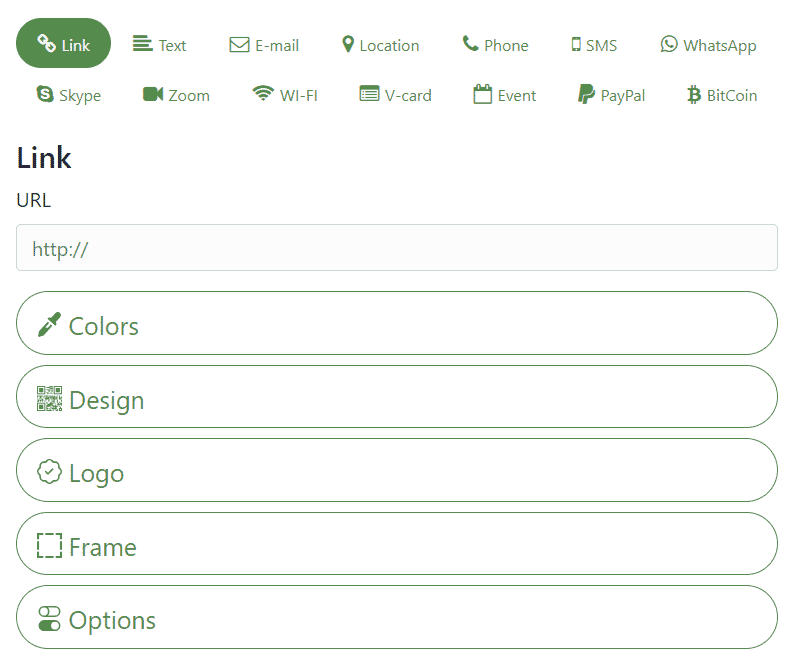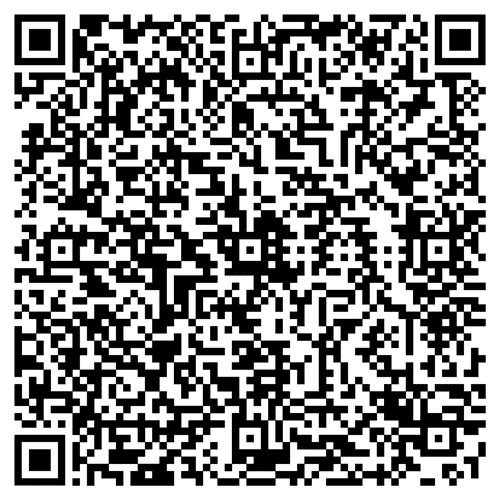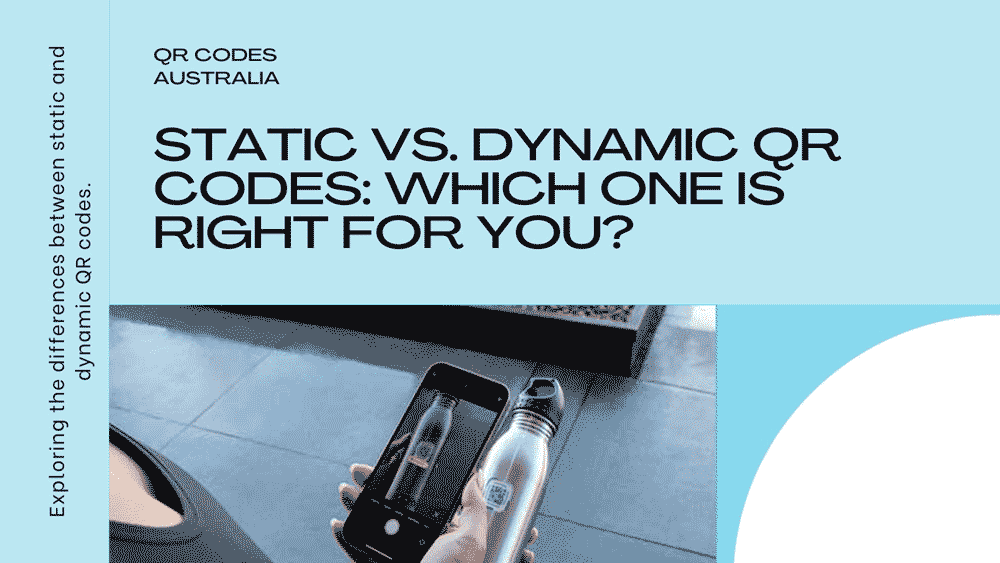I get lots of calls with people confused about the difference between a Static vs Dynamic QR Code so lets get right into it.
A QR Code, wether static or dynamic, is basically a redirection service which is embeded the information in a graphic. It can then be scanned by a device like mobile or tablet and be directed to that information. Once created it can never be changed or editied.
The difference between a Static vs Dynamic QR Code is that the Dynamic QR Code embeds a database url. So for example this QR Code below links to my business bio link https://bizlinks.info/Quentin however the database link to the QR Code is https://qrcau.com.au/?id=1759 which appears in the address bar of your device. That link data base is permanent however because it is a database link you can use our online web app to change the database.
This means when ever you see something other than the url you entered when you scan the QR Code it is likley going through a data base and there will be a charge associated with it. It may say free but in the fine print will only be for a limited time.
Dynamic QR Codes also have the advantage of being editable. So one month you may send scanners to facebook, another month to youtube and another to your website and then you can compare results. Basically we say recyclable. We have made many for business cartds also and they link to a contact page for the employee. The QR Code cant be changed but the information in the website can.
 Dynamic QR Code
Dynamic QR Code
With a static QR Code if you enter a URL to create the code it will always show in the address bar as that url. Scan both which go to the same place but in the address bar you will see the difference.

Static QR Code
Static vs Dynamic QR Code
Dynamic QR Code are basicaly limited to a url address. This does not mean you can’t use them for all sorts of information however Static QR Codes have the ability to do more basic things that you may never want to change.

You will also note you have a lot of decoration options. Make sure when you use them to maintain high contrast. The other thing is the longer the information the denser the little squares make scanning not as reliable. Dynamic ones are always low density and high scan ability and can also be decorated.
This is a link to the Brisbane Town Hall on a google map so as you can see ver detailed and dense so limited in size you can make it too.

Here are some comparrisons to help you more re Static vs Dynamic QR Code.
- Static vs Dynamic QR Code Definition:
- Static QR Code: Once generated, the information contained within the code cannot be changed. It permanently encodes the information.
- Dynamic QR Code: These QR codes link to a URL that can be changed/redirected even after the QR code has been printed. This dynamic behavior is managed by a server-side script database. So the actual dynamic QR Code URL does not change but the information in the data base does.
- Static vs Dynamic QR Code Purpose:
- Static: Best for information that will not change over time, such as contact details or a specific URL. As you can see in the above graphic there are quite a few options.
- Dynamic: Suitable for content that might need updates or redirections, like marketing campaigns where you might want to change the target landing page. Real estate agest can recycle the same code, conferences and so many more.
- Static vs Dynamic QR Code Flexibility:
- Static: Once printed, the data can’t be edited.
- Dynamic: Even after printing, the underlying content can be updated.
- Static vs Dynamic QR Code Scan Statistics:
- Static: No analytics or tracking.
- Dynamic: Allows for tracking of scans, including location, time, and frequency. You can also use UTM tracking for google analytics that provides a lot more statistics.Urchin Tracking Module (UTM) codes are small snippets of text added to the end of a URL to improve marketing campaign tracking. And better understan d your audience.Here’s what URLs with UTM codes can look like: https://qrcodesaustralia.com.au/?utm_source=brochure&utm_medium=leaflet_brochure&utm_campaign=business_leaflet&utm_content=Leaflet
- Static vs Dynamic QR Code Duration:
- Static: Lasts indefinitely as the information doesn’t change.
- Dynamic: Might have a limited lifespan based on the service provider’s terms or the relevance of the redirected content. Lots of overseas companies provide what they call free QR Codes however they are really dynamic ones that expire if not paid for.
- Static: Lasts indefinitely as the information doesn’t change.
- Static vs Dynamic QR Code Cost:
- Static: Typically free or at a one-time cost.
- Dynamic: Might incur a recurring fee for hosting and tracking services.
- Static vs Dynamic QR Code Use Cases:
- Static: Business cards, fixed info displays, product labels.
- Dynamic: Advertisements, promotions, events where content might need periodic updates.
- Static vs Dynamic QR Code Security:
- Static: The data is permanently encoded, and there’s no risk of redirection to malicious sites since it doesn’t change.
- Dynamic: A minor risk exists if the server redirecting the QR content is hacked. Users can potentially be redirected to unintended websites. Our dynamic QR Codes are all backed up in Australia and fully secured on Australian servers so if anything does go wrong we can be back up and running quickly.
When choosing between static and dynamic QR codes, it’s important to consider the nature of your project, the longevity of the content, and whether you’ll need tracking capabilities.

